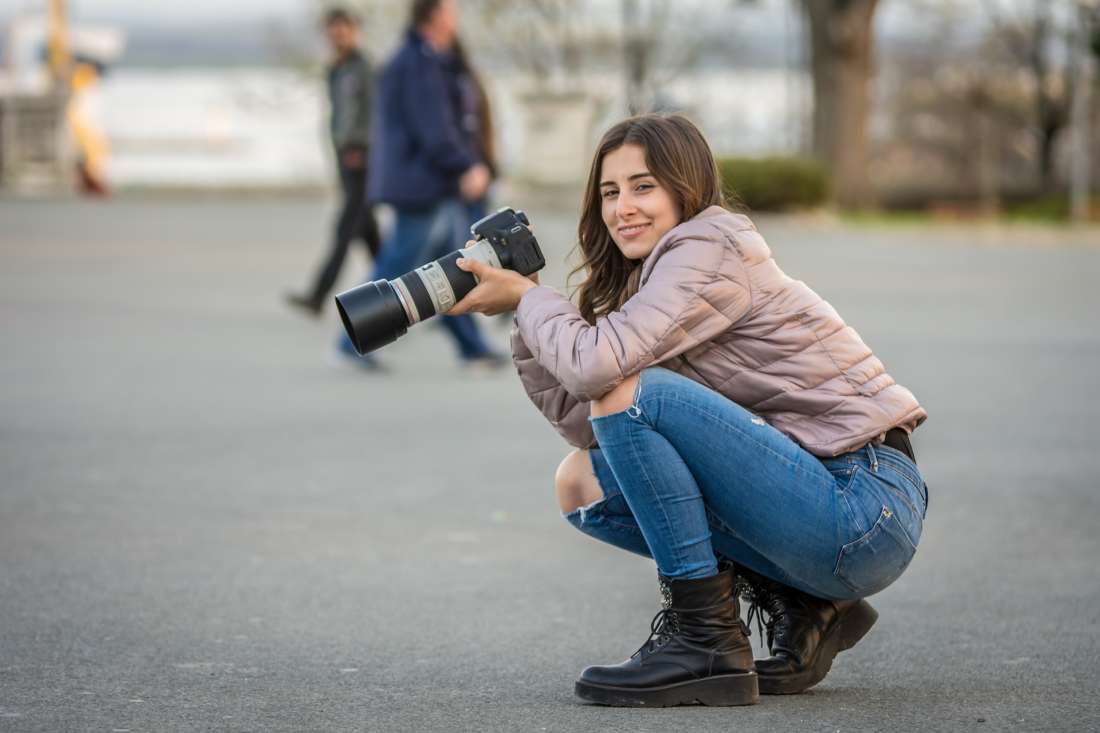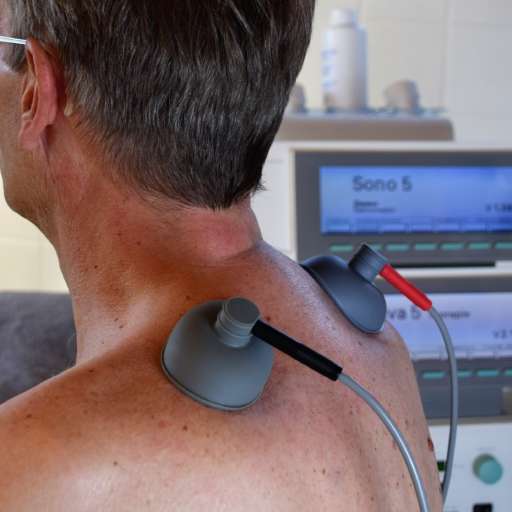
If you were to view the vast majority of photography portfolios, we would hazard a guess that many of them are purely focused on “perfect” photography. When we talk about this subject, we’re referring to the perfect environments that photographers tend to feed off. Suffice to say, winter is rarely one of them.
While some might hone in on the fact that this season is cold, it’s mainly the lack of light that thwarts photographers in this period of the year.
However, if you view some of the work by Stephen Varanko III, it’s clear to see that you can make a real success of winter photography if you put your mind to it. This is the reason behind today’s blog post, as we take a look at some suggestions to transform your winter shots.
Keep your batteries warm
As we’ve already alluded to, this is the coldest part of the year. Unfortunately, your main concern at this point isn’t going to be the temperature of your fingers pressing the shoot button either.
Instead, it’s going to be the temperature of your battery. It has been found that battery life can drop by as much as 70% in cold conditions – meaning that you might only be able to take 30% as many photos as you are used to do.
Bearing this in mind, either take extra batteries with you or wrap the ones you have with you warm.
Your exposure levels matter
Cameras may have become smarter over the years, but they still need to be told what to do. This is particularly the case when it comes to exposure compensation.
If you are shooting in snow, it should go without saying that suddenly the picture you are targeting has become a lot brighter. This is something that you need to relay to your camera or otherwise, you run the risk of that glistening, white snow turning to a drab grey color when the photo is sent for processing.
While each scene is going to be different, a general rule of thumb is to adjust exposure compensation by 0.3 or 0.7. This should have the desired effect in those snowy conditions.
Beware of the foggy factor
No, we’re not referring to the weather, but more the state of your camera lens. Science dictates that this will quickly start to fog up if it is subjected to a quick change in temperature. In other words, if you are inside before quickly heading outdoors, the temperature difference is likely to be reflected in the state of the lens.
Clearly, if your lens is foggy, it’s nigh-on-impossible to take a good photograph. There’s no highly scientific method to navigate this issue; you simply have to purchase a photo bag. Make sure you transport your camera in this bag whenever you venture indoors and outdoors, and this should at least preserve the lens and ensure that it isn’t affected by any quick changes in temperature.

